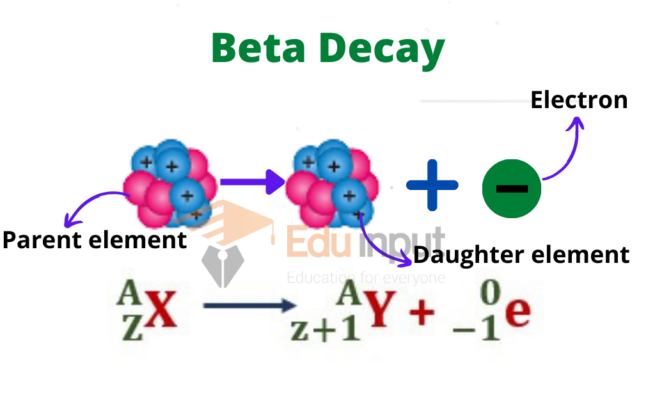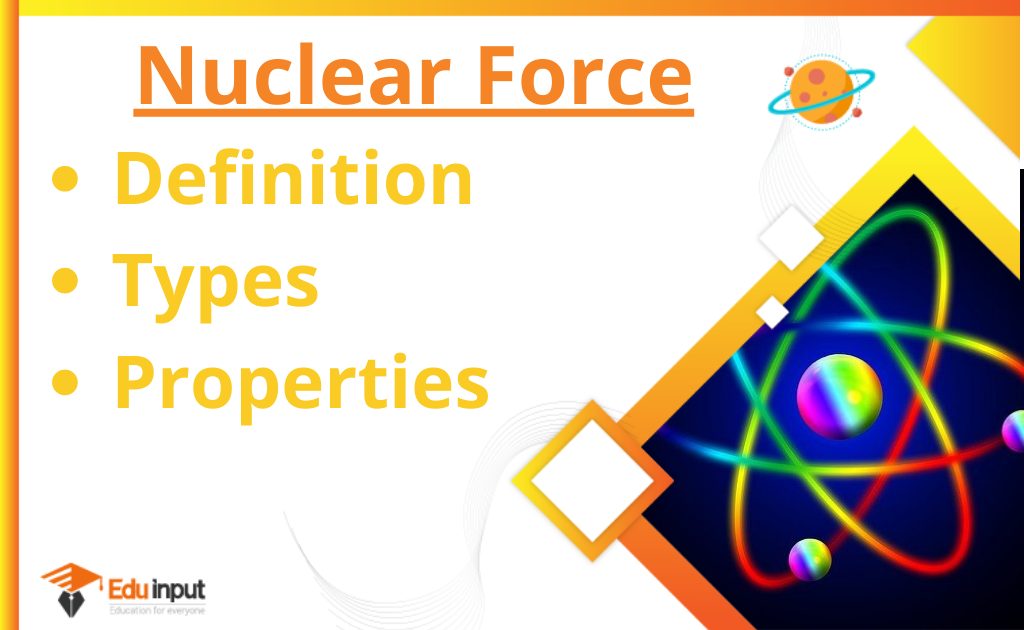Uses Of Radiation | Biological and Medical Uses of Radiation
Uses of radiation in medicine, agriculture, scientific research, and industries have expanded tremendously. Radioisotopes of many elements can be made easily by, bombardment with neutrons and other particles.
Radioisotopes are produced by the interaction of radiation with matter. As such isotopes have become available and are inexpensive.
Uses of Radiation
Radioisotopes are used to find out what happens in complex chemical reactions and how they proceed. Similarly in biology, they have helped in investigating chemical reactions that take place in plants and animals.

Uses of Radiation in Agriculture
By mixing a small amount of radioactive isotope with fertilizer, we can easily measure how much fertilizer is taken up by a plant using a radiation detector.
From such measurements, farmers know the proper amount of fertilizer to use. Through the use of radiation-induced mutations, improved varieties of certain crops such as rice, chickpea, wheat, and cotton have been developed. They have improved plant structure.
The plants have shown more resistance to diseases and pests, and give better yield and grain quality. Radiation is also used to treat cancers. Radioactive tracers and imaging devices have helped in the understanding and diagnosis of many diseases.
Tracer Techniques
A radioactive isotope behaves in just the same way as the normal isotope inside a living organism. But the location and concentration of a radioactive isotope can be determined easily by measuring the radiation it emits. Thus, a radioactive isotope acts as an indicator or tracer that makes it possible to follow the course of a chemical or biological process.
The technique is to substitute radioactive atoms for stable atoms of the same kind in a substance and then follow the tagged atoms with the help of a radiation detector in the process.
Tracers are widely used in medicine to detect wicked tumors in agriculture to study the uptake of fertilizer by a plant, tracers are also used.
For example, if a plant is given radioactive carbon-14, it will use it in exactly the same way as it always uses stable carbon-12.
But the carbon-14 releases β-radiations and thus by measuring radioactivity in different parts of the plant, the path is taken by the carbon atoms can be known.
This technique has helped to understand more elaborately the complex process of photosynthesis. The tracer technique was also used to identify faults in the underground pipes of the fountain system of the historical Shalimar gardens of Lahore by the scientists of the Pakistan Atomic Energy Commission
Medical Diagnosis and Therapy
Tracers are widely used in medicine to study the process of digestion and the way chemical substances move about in the body.
Some chemicals such as hydrogen and sodium present in water and food are distributed uniformly throughout the body. Certain other chemicals are selectively absorbed by certain organs.
- Radio-iodine is absorbed mostly by the thyroid gland
- Phosphorus by bones
- Cobalt by liver
They can serve as tracers. The small quantity of low activity radioisotope mixed with stable isotope is administered by injection or otherwise to a patient and its location in diseased tissue can be ascertained by means of radiation detectors.
Examples
- Radioactive iodine can be used to check that a person’s thyroid gland is working properly. A diseased or hyperactive gland absorbs more than twice the amount of a normal thyroid gland.
- A similar method can be used to study the circulation of blood using the radioactive isotope sodium-24.
Experiments on cancerous cells have shown that those cells that multiply rapidly absorb more radiation and are more easily destroyed than normal cells by ionizing radiation.
Radiotherapy with y-rays from cobalt-60 is often used in the treatment of cancer. The y-rays are carefully focused on the malignant tissue.
Strict safety precautions are necessary for both patient and attendant medical staff.
Radioactive iodine-131 is used to combat cancer of the thyroid gland since iodine tends to collect in the thyroid gland, radioactive isotopes lodge where they can destroy the malignant (wicked) cells.
In some cases encapsulated “seeds” are implanted in the malignant tissue for local and short ranged treatment
For skin cancers, phosphorus-32 or strontium-90 may be used instead.
These produce β-radiation. The dose of radiation has to be carefully controlled otherwise the radiation could more damage than help.
Patients undergoing radiation treatment often feel ill, because the radiation also damages the healthy cells.
Radiography
The γ-rays radiographs are used in medical diagnoses such as internal imaging of the brain to determine precisely the size and location of a tumor or other parts of the body.
Cracks or cavities in castings or pipes can also be detected by scanning. Any sudden increase in count rate indicates a cavity within the object.
The gamma camera is designed to detect y-radiations from sites in the body where a y-emitting isotope is located.
An image consisting of many dots of the emitting sources in the patient body is formed. The camera can also be used to obtain a sequence of images to observe an organ such as a kidney in action.
Related FAQs
What are the uses of radiation?
Uses of radiation in medicine, agriculture, scientific research, and industries have expanded tremendously.
How the radioisotopes are obtained?
Radioisotopes of many elements can be made easily by, bombardment with neutrons and other particles.
What are the uses of tracer?
Tracers are widely used in medicine to detect wicked tumors in agriculture to study the uptake of fertilizer by a plant, tracers are also used.
What are the uses of radiation in radiography?
The γ-rays radiographs are used in medical diagnoses such as internal imaging of the brain to determine precisely the size and location of a tumor or other parts of the body.
Which radioactive elements are used for the treatment of skin cancer?
For skin cancers, phosphorus-32 or strontium-90 are used.
which radioactive element is used to study the circulation of blood?
The radioactive isotope sodium-24 is used to study the circulation of blood.







Leave a Reply